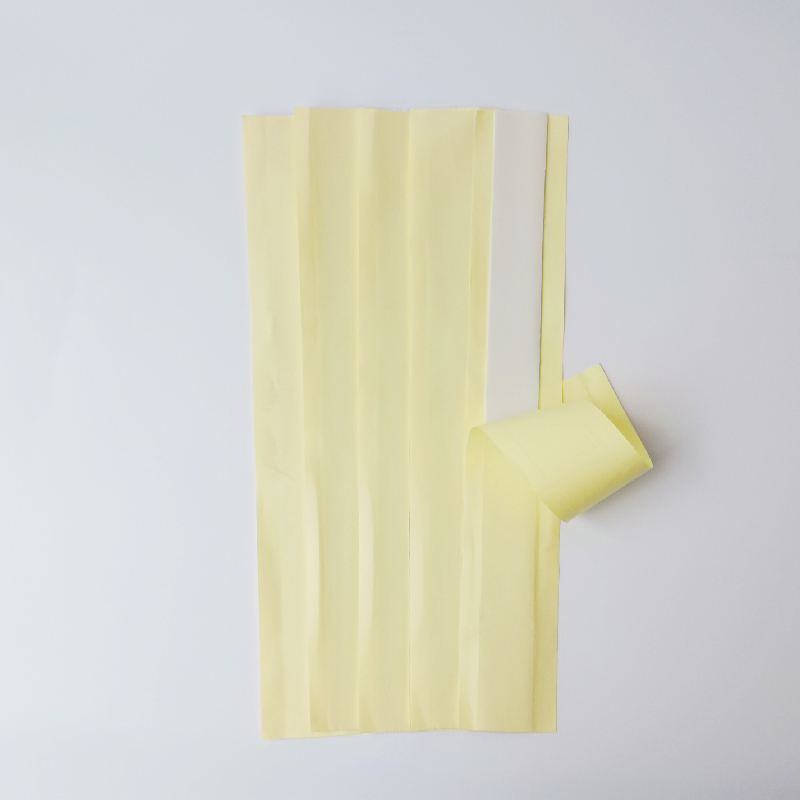The Versatility and Importance of Electrical Splicing Tape
In the world of electrical engineering and home improvement, the importance of reliable materials cannot be overstated. Among these materials, electrical splicing tape stands out as a crucial component often employed for various applications. This versatile tape is specifically designed to insulate electrical connections, provide protection against moisture and environmental factors, and ensure safe electrical conduction. Understanding its properties, applications, and best practices can significantly enhance the efficacy of electrical projects.
What is Electrical Splicing Tape?
Electrical splicing tape is a non-adhesive tape made from a flexible, durable material such as PVC or rubber. It is engineered to withstand electrical stresses and environmental conditions, making it suitable for both indoor and outdoor use. Its primary purpose is to insulate electrical connections and splices, preventing short circuits and electrical hazards. The tape is typically resistant to heat, moisture, and other potentially damaging factors, ensuring longevity and reliability.
Properties of Electrical Splicing Tape
1. High Insulation Strength One of the most critical properties of electrical splicing tape is its excellent dielectric strength. This means it can effectively resist electrical currents, preventing unwanted conductivity in exposed wires or connections.
2. Temperature Resilience Electrical splicing tape can endure a wide range of temperatures without losing its insulating properties. Many types can withstand temperatures well above standard operating conditions, making them ideal for high-temperature applications.
3. Flexibility and Conformability The inherent flexibility of splicing tape allows it to conform to irregular surfaces, ensuring comprehensive coverage of joint connections. This feature makes it highly effective in applications where space is limited or when dealing with complex wiring systems.
4. Moisture Resistance This type of tape is also designed to resist moisture, which can lead to corrosion and degradation of electrical components over time. By providing a moisture barrier, electrical splicing tape helps extend the lifespan of electrical connections.
Applications of Electrical Splicing Tape
Electrical splicing tape finds application across various industries and situations
1. Electrical Wiring The most common use of electrical splicing tape is insulating electrical splices and joints. It is crucial when joining two wires, ensuring a safe connection that minimizes the risk of electrical shock or fire hazards.
electrical splicing tape

2. Automotive Industry In automotive applications, electrical splicing tape is used to insulate and protect wire harnesses. Given the varying temperatures and environmental conditions vehicles are exposed to, this tape plays a vital role in maintaining the integrity of electrical systems.
3. Construction and Renovation Electricians often use splicing tape during construction projects or renovations to ensure that new wiring is safely and securely insulated. This is especially important in ensuring compliance with safety standards and regulations.
4. DIY Projects Home improvement enthusiasts also utilize electrical splicing tape for various DIY projects, from simple repairs to more complex electrical installations. Its ease of use makes it accessible for non-professionals who want to ensure safety in their electrical systems.
Best Practices for Using Electrical Splicing Tape
When using electrical splicing tape, following certain best practices can enhance its effectiveness
1. Clean the Surface Ensure that the surfaces to be taped are clean, dry, and free from dust or debris. This will ensure better adhesion and insulation.
2. Overlap the Layers When wrapping the tape around a splice or connection, overlap the edges by about half the width of the tape to provide comprehensive coverage and improve the insulating properties.
3. Stretch the Tape Slightly stretching the tape while wrapping can enhance its conformability and ensure it adheres closely to the surface, improving insulation effectiveness.
4. Check for Damage Regularly inspect electrical connections and splices covered with tape for signs of wear or damage. If any damage is evident, replace the tape promptly to maintain safety.
Conclusion
Electrical splicing tape is an essential tool in both professional and DIY electrical work. Its unique properties—such as high insulation strength, flexibility, and moisture resistance—make it invaluable for ensuring safe and reliable electrical connections. By understanding the appropriate applications and implementing best practices, users can maximize the tape's benefits, enhancing the safety and longevity of electrical systems in various settings.
-
XIANGFAN Rubber Tape-Ultimate Solutions for All Your Insulation NeedsNewsJun.24,2025
-
XIANGFAN Rubber Tape-Protection for Industrial and Residential ApplicationsNewsJun.24,2025
-
XIANGFAN Rubber Tape: Superior Safety and Sealing for Demanding EnvironmentsNewsJun.24,2025
-
XIANGFAN Rubber Tape: Reliable Solutions for Every Electrical ChallengeNewsJun.24,2025
-
XIANGFAN Electrical & Industrial Tape: Powering Reliability Across IndustriesNewsJun.24,2025
-
XIANGFAN Electrical & Industrial Tape: Excellence in Every ApplicationNewsJun.24,2025
